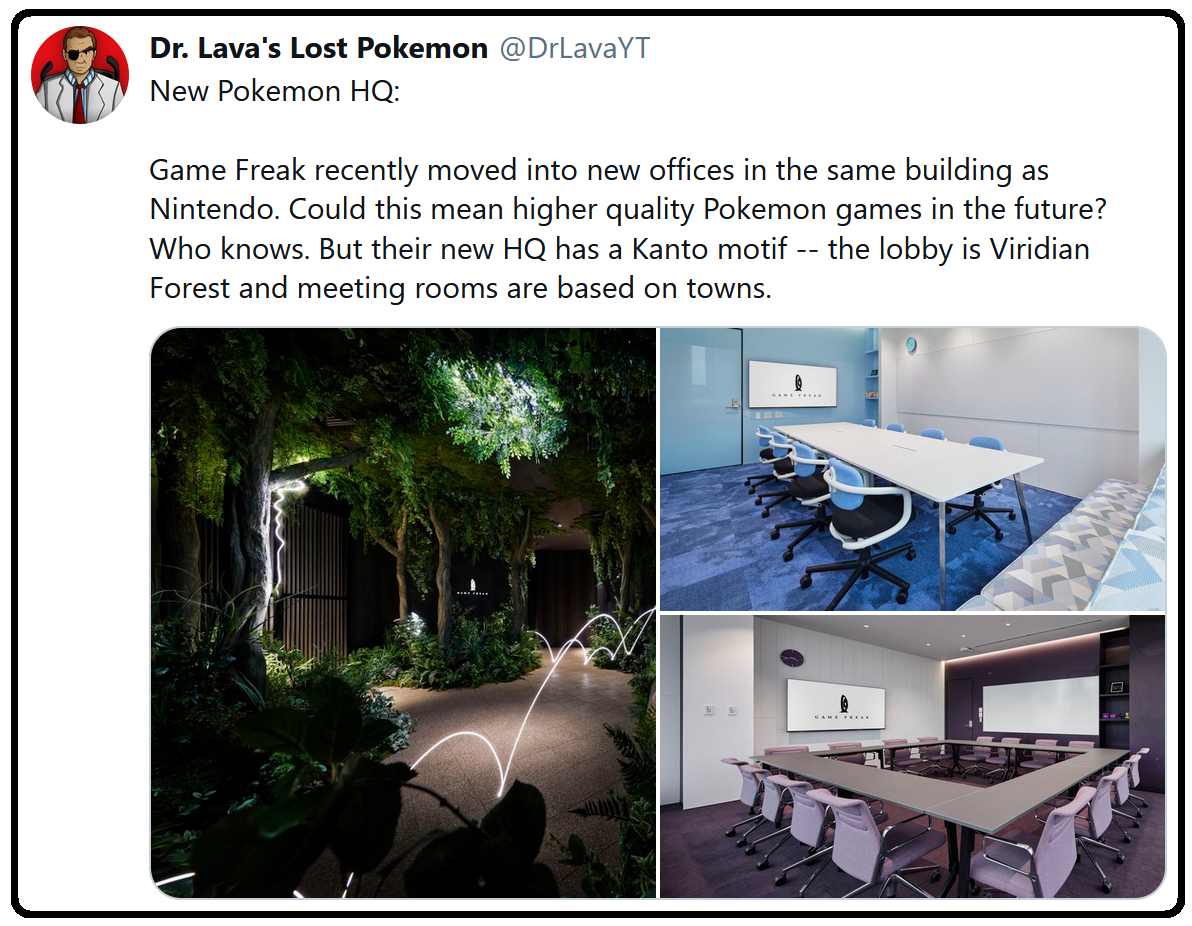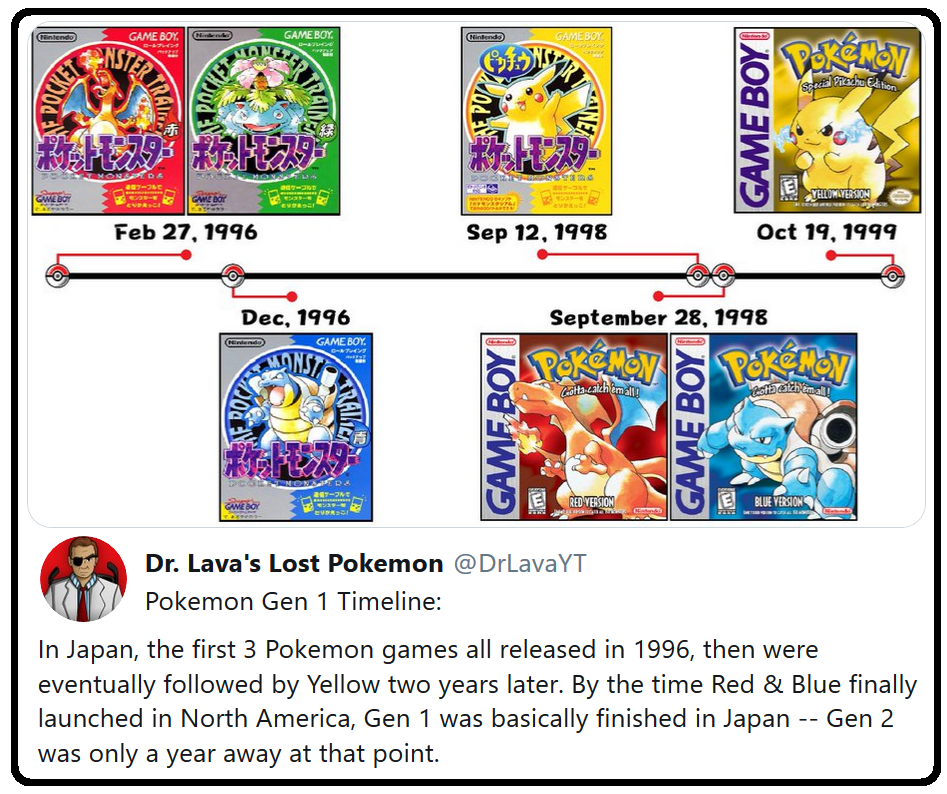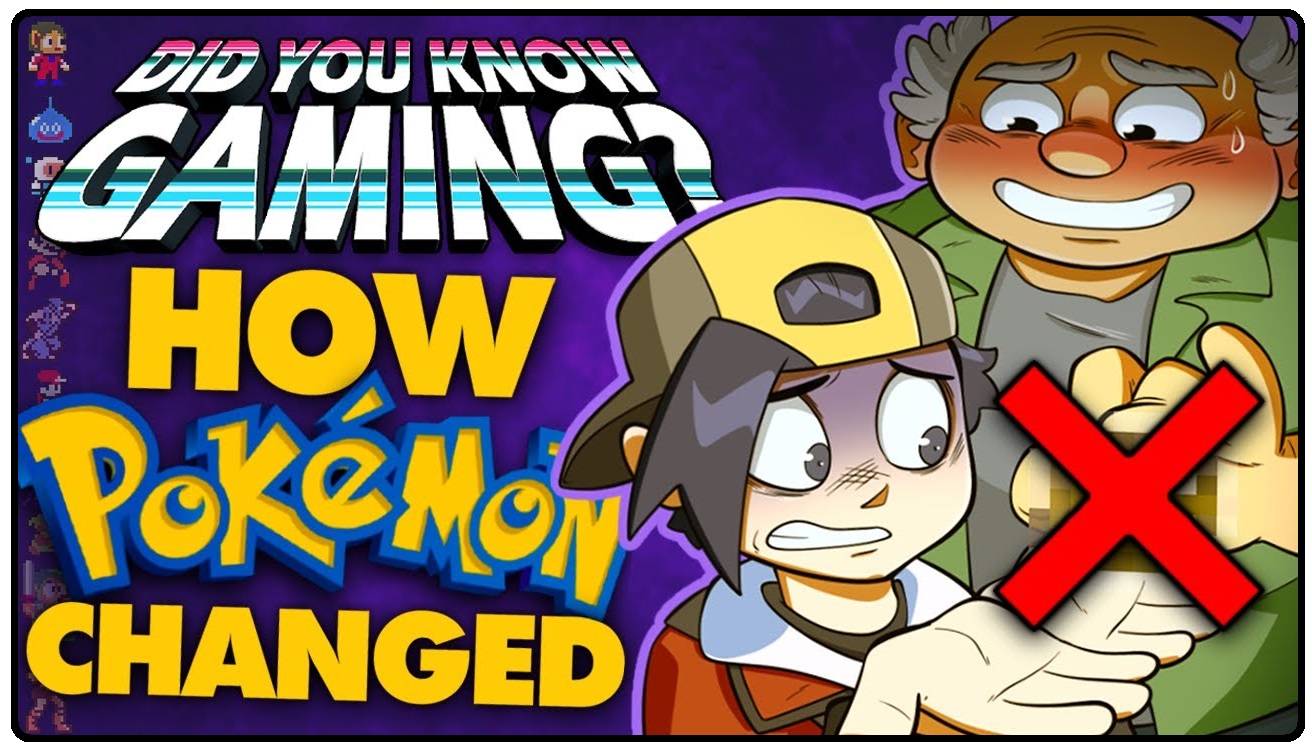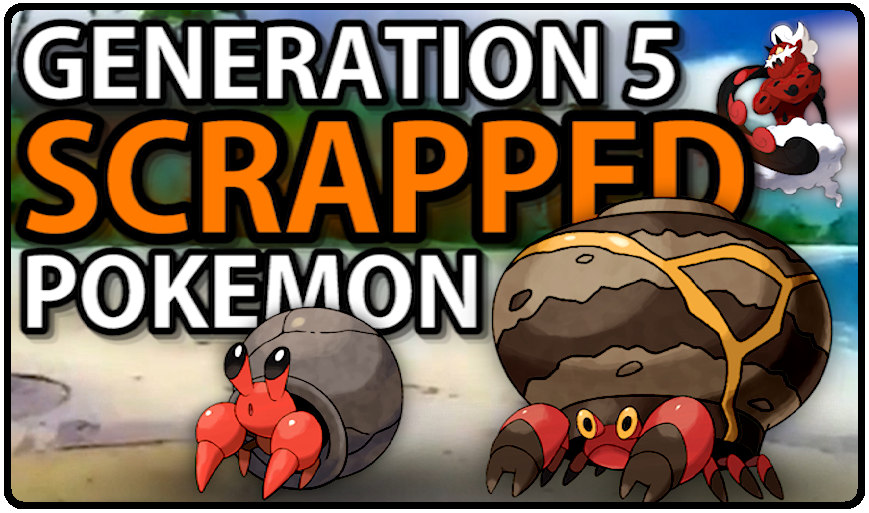
Interview: Tajiri and Ishihara on Pokemon’s Beginnings (Part 2)

Written by Dr Lava • November 27, 2020
This is the second half of an interview with Pokemon franchise creator Satoshi Tajiri and Pokemon Company president Tsunekazu Ishihara. If you wanna read the first half, here’s the link. This interview was originally published in the July 2000 edition of Nintendo Online Magazine, a Japanese publication — so I’ve commissioned interpreter Anthony Madry to translate the interview into English.

Interview highlights include glimpses of Game Freak behind-the-scenes, Gold & Silver’s development, and an off-hand comment about Pokemon Pink. Throughout the interview I’ll inject my own commentary to provide additional context, and I’ve also hired Pokemon blogger Plague von Karma to help write this commentary. A big thanks to my Patreon supporters who help fund all the Pokemon translations hosted on this website — these kinds of projects wouldn’t be possible without them. Okay, without further adieu, here’s the interview.
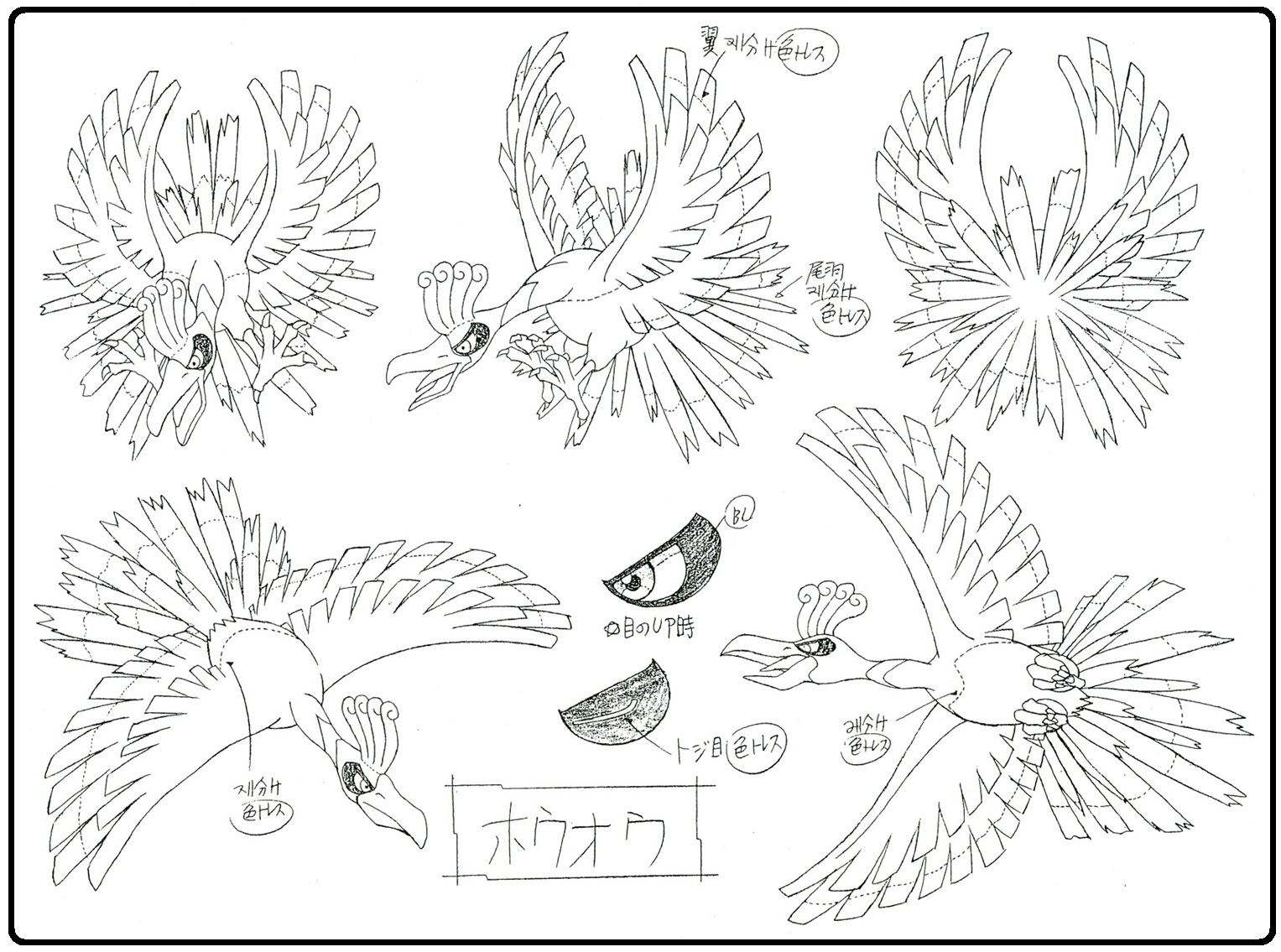
The Two That Gave Us Pokemon
“In the second half of this interview, we’ll go even deeper into the discussion with themes you care about like ‘the energy needed to make video games,’ ‘the realness of Pokemon,’ and ‘are Gold & Silver the end?’ It’s been almost 10 years since you two formed this amazing partnership that gave us Pokemon. What are your thoughts on having such a long partnership?”
Tajiri: “When I first teamed up with Mr Ishihara, it was more about a fresh and exciting partnership where we could complement each others’ skillsets, than it was about completing any specific project. I was spending all my time and energy managing Game Freak, taking care of my staff, and doing my best to create high quality games. But when Mr Ishihara suddenly went to go work with Mr Itoi, I was shocked.”
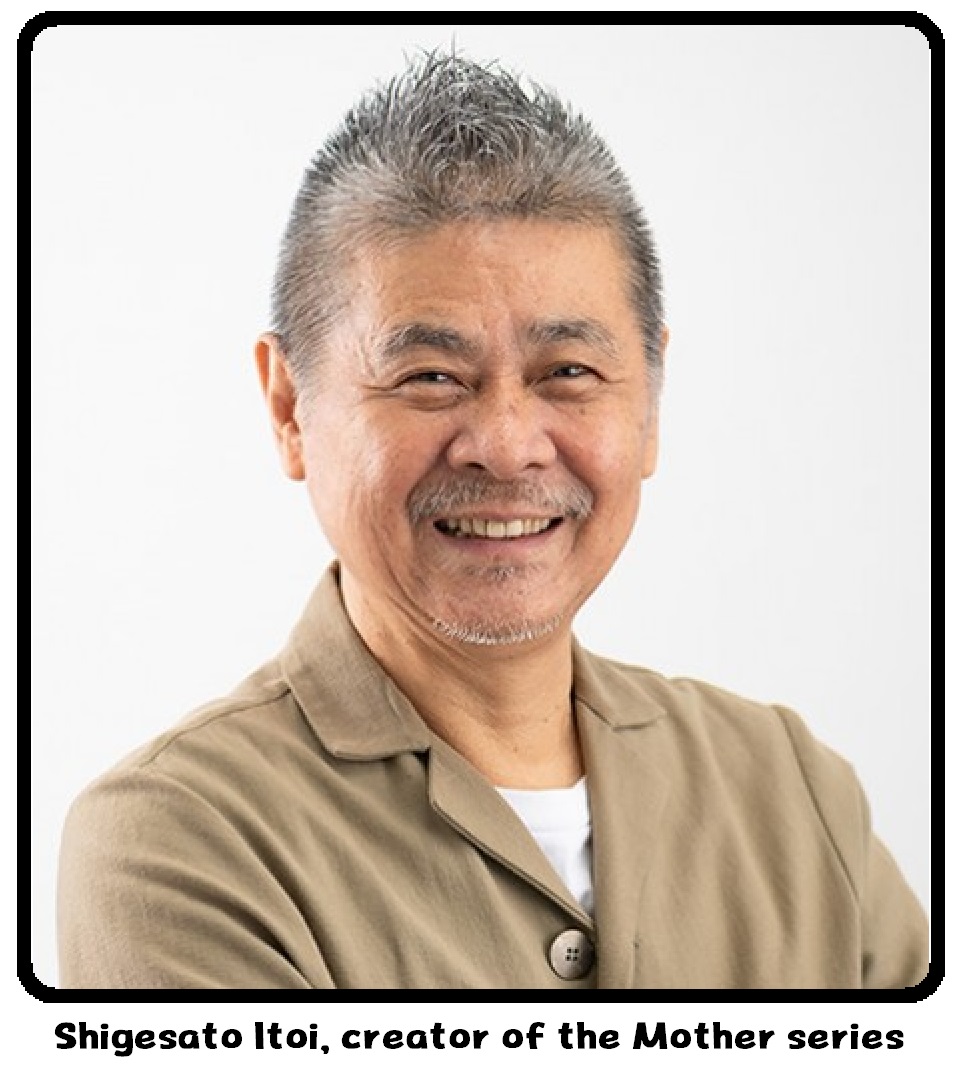
“You’re talking about when Shigesato Itoi founded APE and Mr Ishihara transferred from his other job to work with him?”
Tajiri: “That’s right. That’s when I realized Mr Ishihara was more interested in video games than I’d initially realized. The reason I took the proposal for Pokemon to APE was because Mr Ishihara was there. The partnership between the two of us really began later on, when he founded his own company Creatures. We even considered forming one company.”
“Really? Was that considered during the production of Pokemon?”
Tajiri: “It was more towards the end of production.”
Ishihara: “But that was the point in time when Game Freak was struggling the most with resources and money for development. I think it was a pretty stressful time for Mr Tajiri.”
Tajiri: “Yeah, I was leading the staff in their duties as best I could, doing administration work, designing, and directing. But I’d reached my limit. At the end of the day, Mr Ishihara took care of his responsibilities at Creatures, while I handled my responsibilities at Game Freak — but it felt like we were actually in the same company, just in different departments. You might ask, ‘Well then why didn’t you just form one company?’ Well, I felt threatened by the idea of changing how Game Freak was operating, and starting back over with Mr Ishihara. In other words, it was an identity problem. If Game Freak ceased to exist, then so would I.”

Ishihara: “Since he was just a student, Mr Tajiri called himself ‘the Game Freak,’ and ‘President’ was his nickname (laughs). He himself was Game Freak. So in that sense, it was his everything. He’s got a strong sense of responsibility.”
Tajiri: “It was really hard managing the company, and I really considered merging with Mr Ishihara. As someone who liked games so much, I went by ‘Game Freak’ before the company even started. To just destroy something that stuck with me since my teenage years… I was very hesitant. I think this is the first time I’ve shared this with anyone.”
Ishihara: “For me personally, I also had to consider the timing of starting my own company. President Tajiri was much better at managing a company than I was. I sought his advice about the details of starting a company, and I think that played a role.”
Tajiri: “In the end, it wasn’t necessary for us to merge into one company. We both knew we’d stick together for the long haul to complete Pokemon.”

Dr Lava’s notes: In 1991, Ishihara joined APE, a gaming company founded by Shigesato Itoi, the creator of the Mother series. In 1995, Ishihara took lots of APE’s staff and founded Creatures with the assistance of Satoru Iwata — this is often characterized as APE becoming Creatures. Today, Creatures is best known as the creators of the Pokemon TCG, toys, and peripheral involvement in lots of spin-off games like Pokemon Snap, Stadium, and Ranger. As joint owners of the Pokemon franchise, Creatures, Game Freak, and Nintendo established The Pokemon Company together in 1998 to help effectively manage the brand. In 2020, Ishihara is both the chairman of Creatures and the president of The Pokemon Company.
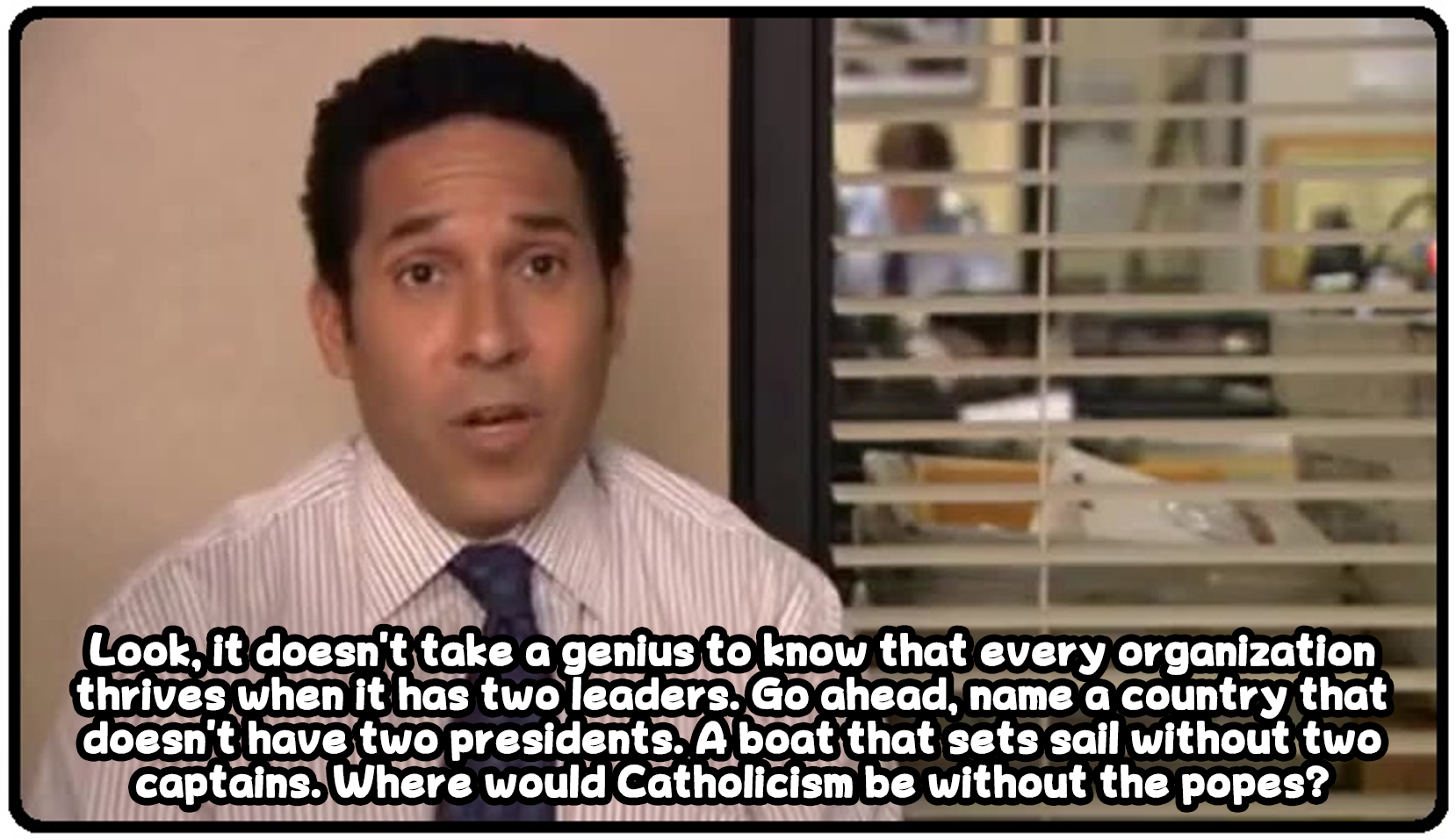
Despite Tajiri’s apprehension, it probably would have been for the best if they had formed one company. Former staff I’ve spoken to describe lots of office politics and even small-scale sabotage coming from executives attempting to steer the ship. Game Freak moved into the same office building with Nintendo in 2020, so perhaps they’ll have more influence in game production going forwards. Honestly though, I don’t fully understand the details of who’s in control of what — it’s a topic deserving its own dedicated research and eventual explanation video someday. But that’s for another time, so let’s return to the interview at hand.
The Realness of the Pokemon
“In the gaming world, there’s a trend for characters to have artificial intelligence built into them, but that wasn’t the case with Pokemon. Despite that, the Pokemon feel so alive. Why do you suppose that is?”
Ishihara: “I think a lot of people who are into computers have a strong interest in scientific things like AI, self-running programs, and seeing if it’s possible to make artificial life structures in computers. At one point I was interested in those things too, but at the end of the day, kids don’t really care about those sort of things (laughs). Talking about the niche field of computer science doesn’t really matter when it comes to the creatures kids want to make friends and walk around with.”

Tajiri: “It’s irrelevant to people if you create something then simply decide to say it’s alive. No matter how well you make it. Pokemon feel alive to people because they have memories with them. Memories of traveling, getting attacked by wild Pokemon, and battling other trainers. They also have memories of connecting with friends in the real world through trading and stuff like that.”

Ishihara: “Pokemon differ from artificial life because they’re clear and understood, they’re mysterious, and they could change in the future. Those varied components are built into the game’s complicated data. That’s exactly why there’s a big sense of unexpectedness when your Pokemon evolves from leveling up or trading with a friend and you think to yourself, ‘Why did this Pokemon turn into this thing?!?!’ Those kinds of situations aren’t always planned out by the programmers from start to finish. When you run into those things by chance, you get really excited, and I’m convinced that’s the most sophisticated way to create a sense of life through computer programming.”

Tajiri: “Every Pokemon has a lot of data. We left blank spaces in the data to make sure certain things could be possible in the sequels. For example, if we decide to change Pikachu’s color or even its ear shape. That’s actually very similar to how genes are structured. There are parts that have meaningful data, and there are parts that have no meaning. But for Pokemon, those spaces are left empty so they can used in the future for things like giving Pokemon new features. It’s consistent with biology, and that’s something I want people to know a little more about. Which reminds me, in Singapore they were saying on the news that Pokemon is useful for studying life sciences.”
A Richer World With Multiple Mediums
“By the way, in the games Pokemon just have generic cries, but in the anime Meowth is the only one who can speak human language. Why is that?”
Ishihara: “Well… (laughs) Tajiri made a chart of all the Pokemon, and taking all their different intelligence levels into account, decided things like ‘this one should be able to understand human language’ and ‘this one could learn how to speak’ when developing the anime.”
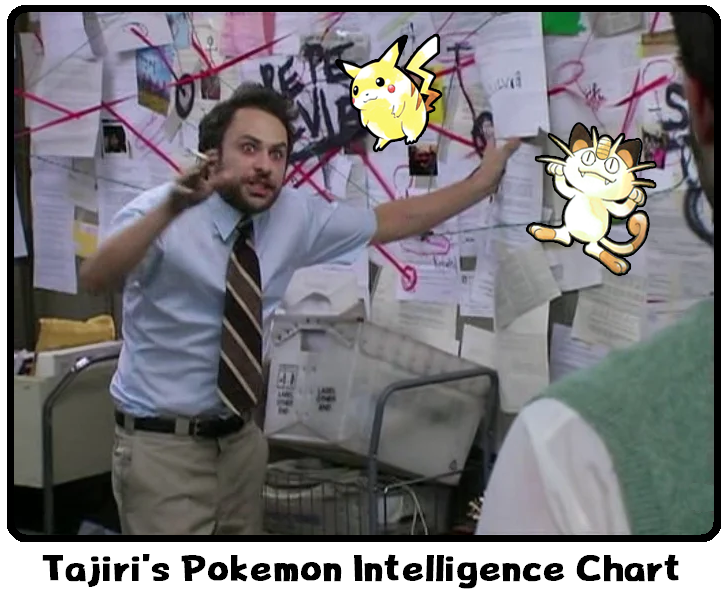
Tajiri: “That’s why there’s a good possibility that someday we could meet a Pokemon other than Meowth who can speak. If it were me making the anime, it’d probably be truer to the games. But the reality is the anime’s being made by a separate staff that specializes in that stuff, and they’re making it in their own unique way. So there’s no need for it to follow the games completely. You could say it’s kind of like a parallel universe, so it’s fine for it to deviate.”
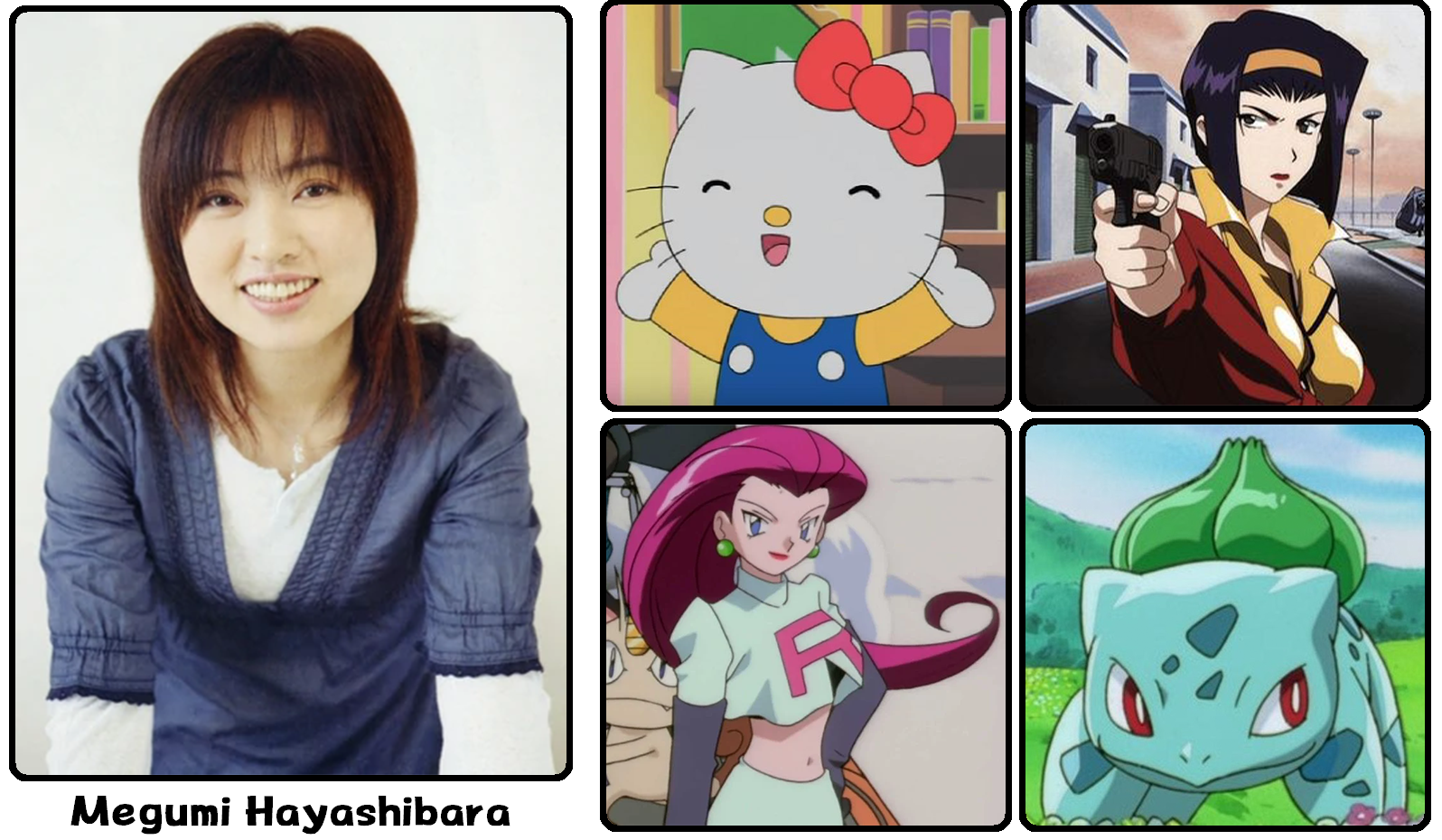
Ishihara: “In which case it’s important to have a lot of creativity stored up, and especially in terms of anime, the power of the voice actors at the workplace has a big effect. For example, Pikachu formed a specific personality precisely because it’s voiced by Ikue Ootani. And even with Team Rocket, Megumi Hayashibara really uses her talents to give Jessie a unique personality. Whenever Team Rocket’s defeated they get blown away and say “We’re blasting off again!” But that line wasn’t originally in the script. Ms Hayashibara came up with it while looking at a picture, and it fit so well they decided to use it from then on. By collaborating and working with others, a work of art can really progress based on the atmosphere of the workplace. It makes you think, ‘They make a good team!'”
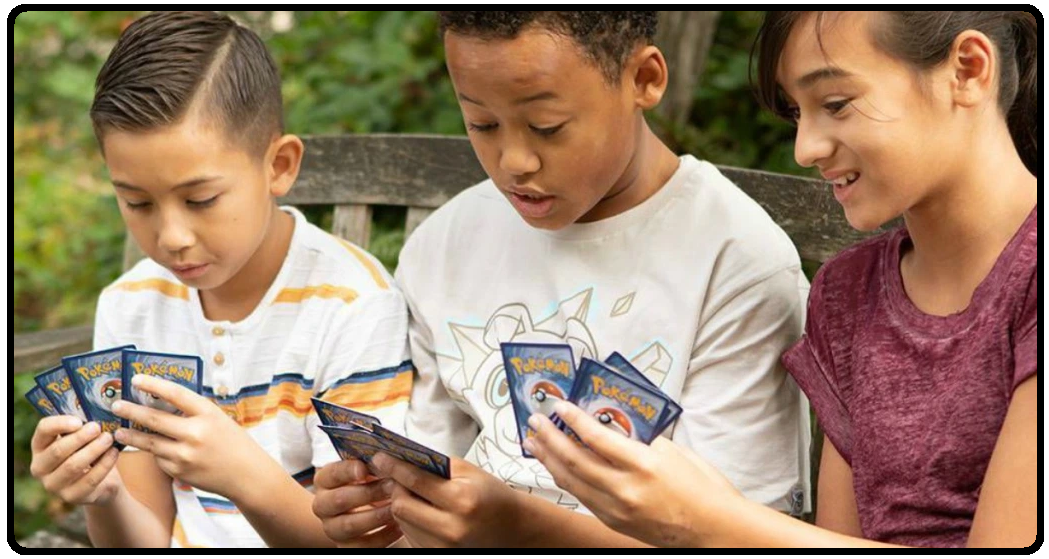
Tajiri: “To the public, I’m known as the creator of Pokemon. But the fact is, I worked with Game Freak to make the games, while the anime and TCG are both handled by separate creative teams that I don’t have full control over. They’re all developed as kind of their own original works of art, and I think if more people knew that, they could better understand the world of Pokemon.”
Ishihara: “Before the anime was made, Mr. Tajiri said to the anime team ‘Please play the games first. I want you to make the anime with an understanding of the games. That way, even if you end up changing some things, you know you’re changing them for a reason, rather than arbitrarily.'”
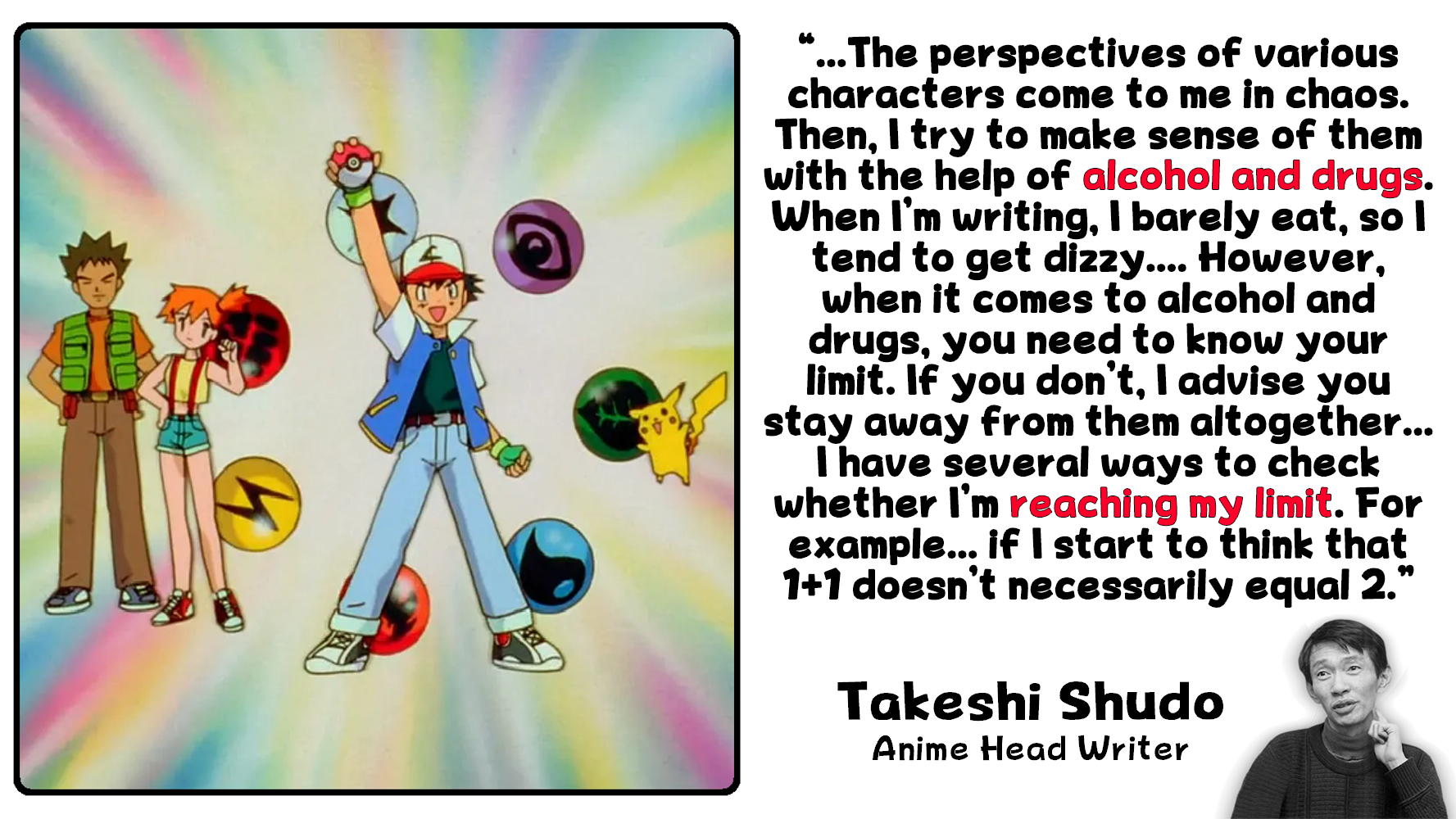
Dr Lava’s notes: Pokemon is the largest multimedia franchise in the world, having grossed over $100 billion by most estimates — so it shouldn’t come as a surprise that many aspects of the Pokemon franchise are headed by semi-independent creative teams. For example, Takeshi Shudo was under heavy influence of booze and tranquilizers when he wrote the first few years of the anime and first three Pokemon movies. He had very little to do with the games, though he did play a key role in creating Lugia. If you wanna read more about Shudo and how he ran the anime, translations of some of his writings can be found here.
The Much-Discussed Sequels
“The first Pokemon games were Red, Green, and Blue. But the sequels’ names went straight to Gold & Silver. For some reason these new titles make us feel like the story’s coming to an end…”
Tajiri: “No, it’s not the end. With the originals we pushed ourselves to the limit and put everything we had into them. Our staff was expanded for the sequels, so we chose those names to suggest an even more amazing game is on the way.”

Ishihara: “We made Red & Green, then after that we made Blue. Later we made Yellow, and it might’ve been nice if the next games were called Pink or Purple. But if we did that, all we’d be doing is perpetually making extensions of the originals. But by calling them Gold & Silver, I think we keep the color theme, but at the same time adding a new element that expresses there’s something more to them than the originals.”

Dr Lava’s notes: Fans’ imaginations were set on fire in April 2020 when Pokemon Yellow’s source code leaked on 4chan’s /vp/ board. This was the same board where nearly all the Pokemon beta leaks dropped in recent years, all stemming from a 2018 hack of Nintendo’s servers which you can read more about here. Yellow’s source code included several references to Pokemon Pink, suggesting Game Freak was once considering (and possibly developing) the game to be released alongside Pokemon Yellow in 1998.
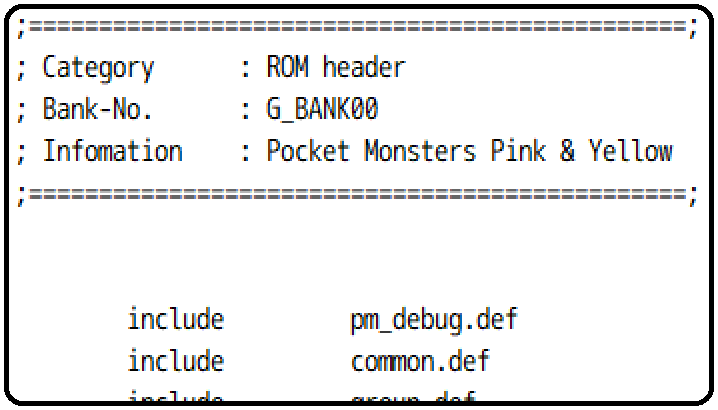
Most fans presume Clefairy would’ve been the likely star of Pokemon Pink. While Yellow loosely follows the anime, perhaps Pink would’ve followed the original Pocket Monsters manga. Launching in late 1996, the manga pre-dates the anime by five months and followed Trainer Red and his talking Clefairy. It would’ve made for a fun paired release alongside Yellow, but Game Freak ended up cancelling it — maybe because Pikachu and the anime were seen as significantly more marketable. Unfortunately, details surrounding Pink are scant, as the developers never commented on it.
This mention of “Pink or Purple” by Ishihara is an interesting exception though. In this context, he appears to be explaining why Gold & Silver were called Gold & Silver — to show they’re an upgrade to the more commonly colored Red, Green, Blue, and Yellow versions. But Ishihara might also be indirectly referring to one of the reasons Pink wasn’t released two years earlier. Gen 1 already contained four nearly-identical games — Game Freak likely realized this was excessive, and adding more would’ve been even more so. “…If we did that, all we’d be doing is perpetually making extensions of the originals.”
Or maybe I’m reading too much into this particular quote. I usually try to stick to the facts and avoid conjecture… but in this case, I hope you’ll agree that the lack of publicly-released information warrants a little speculation. That’s probably enough though — back to the interview. Oh, and a big thanks to Artsy Theo (JP) and Christian (US) for sending me these fan interpretations of Pink’s box art. Beautiful.
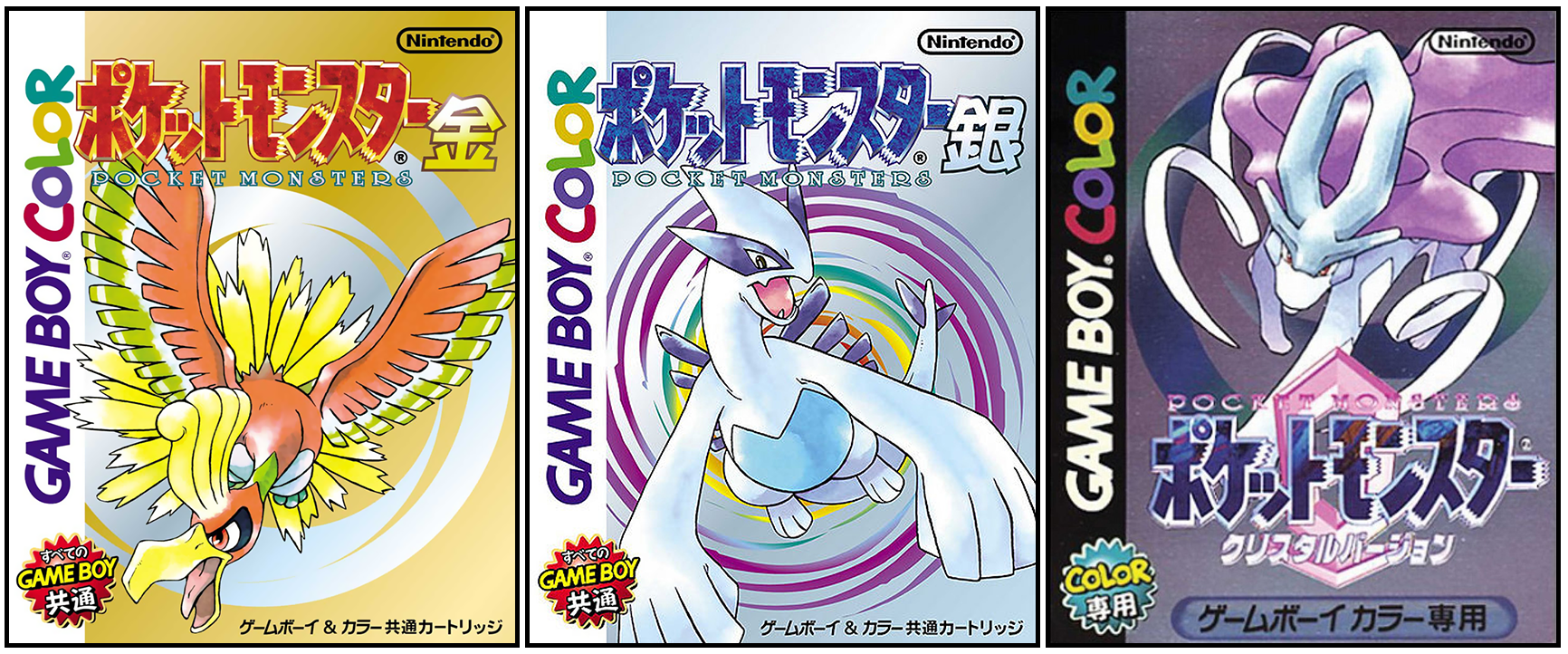
“Does this mean we’ll be able to play new releases sooner rather than later?”
Ishihara: “There’s a lot for us to consider. One thing I’m thinking about now is that ideally Pokemon games should be released simultaneously worldwide. Japan, America, Europe, etc — all the different versions in all the different languages released at the same time, so fans around the world can enjoy them right away. In order to do that, there are a lot of hurdles for us to jump, like translations and all that, but it’s something I’d like to pursue. Right now there’s a gap in the Japanese and international release dates. If the gap can’t be filled, it’d still be good to think about the situation strategically. Whether it’s a simultaneous release or not, the timing can have an effect on the product, so we want to make the best of the situation and adjust accordingly.”
Dr Lava’s notes: After Gen 1’s unprecedented success in the West, Ishihara wanted to start releasing new games around the world all on the same day. But even though he had the idea during Gen 2, it wasn’t until Gen 6 that his goal finally became a reality. The first few generations’ localization process was extremely disorganized, with Nintendo accidentally hiring some of the wrong people, expecting the games to be translated in just two weeks, and having multiple staff members share one computer. But they gradually fixed the problem, finally streamlining the process with X &Y. If you wanna learn more about the early localization process — including interviews with five members of the translation staff — here are links to a couple videos I made covering Gen 1 and Gen 2.
Tajiri: “I’m thinking that ‘the best Pokemon game’ will be released sooner rather than later. But whether or not it’ll be ‘the best Pokemon game’ or not is something I can’t achieve on my own. From here on out, kids who grew up playing may grow up to be game developers, right? And if those kids have the same vision as us, then I definitely think it’s possible to expand the world of Pokemon by working together with them.”
“So how’d you like the interview? A big thank you to Mr Tajiri and Mr Ishihara for making time in their busy schedules for this long interview. Please keep up the good work, we’re looking forward to more amazing games!”

Closing Comments
This concludes this two-part interview. If you’d like to help fund more Pokemon developer translations, I hope you’ll consider supporting me on Patreon — it helps makes these kinds of projects possible by funding translation and site fees. And there’s some translations exclusively available on Patreon as well. But there’s plenty more you can read for free on this site of course — you can all be found on the homepage, and you can also check out some recommended translations linked below. Thanks for reading.
Read More Pokemon History:
• Developer Blog: 90’s Pokemon Anime Was Written Under the Influence
• Translation: Sugimori Explains Gen 5 Pokemon Design Origins
• Translation: Forgotten Story of Japanese Blue’s Release
Videos About Pokemon History:
• Translation: Sugimori Explains Gen 5 Beta Pokemon
• Cut Content: Gen 4 and 5’s Scrapped Lock Capsule Event
• Cut Content: Gen 4’s Internal Data and Cut Content
